Here Are What the Acronyms You Use Every Day Actually Stand For

Whether you realize it or not, you likely use acronyms all the time in your everyday speech. When you tell someone about a funny GIF, for instance, you’re using an acronym to describe the moving image that made you laugh. And did you ever stop to wonder what the abbreviations a.m. and p.m. mean when it comes to time? Yes, acronyms are very much a part of our daily language, but most people don’t have a clue what many of them mean. For example, what are we actually doing when we RSVP? Keep reading to find out the answer—and the meanings of several more of the most common acronyms in the English language. Spoiler alert: Some of them aren’t even English!
1
IQ

IQ is short for “intelligence quotient,” and refers to a specific score that’s used to assess a person’s brainpower. The acronym was created by German psychologist William Stern in 1912, and its value is determined by dividing a person’s mental age by their chronological age.
2
RADAR

Though you might not know it, the word radar—when it refers to a machine—is actually an acronym that stands for “Radio Detection and Ranging.” According to the Federal Aviation Administration, this acronym was coined in 1940 by the U.S. Navy as the military began to incorporate radar devices into their strategy.
3
SONAR
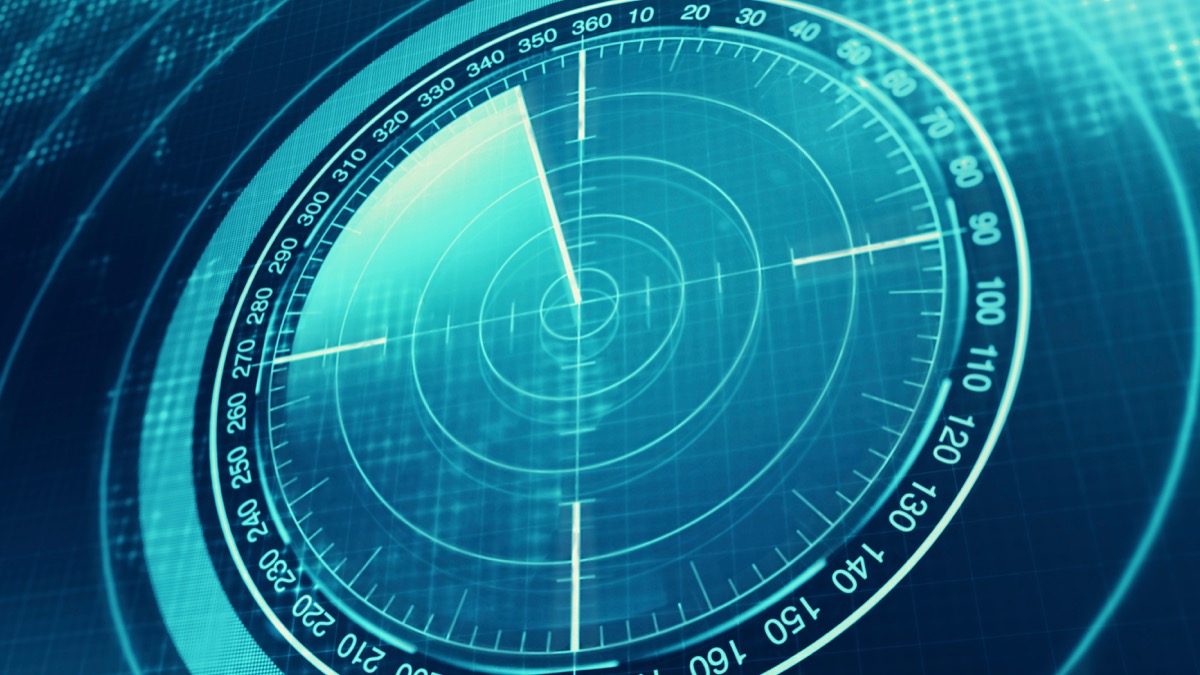
Similar to radar, the word sonar stands for “Sound Navigation and Ranging.” According to the National Oceanic and Atmospheric Administration, sonar technology is used today for everything from mapping the ocean floor to searching for shipwrecks.
4
RSVP
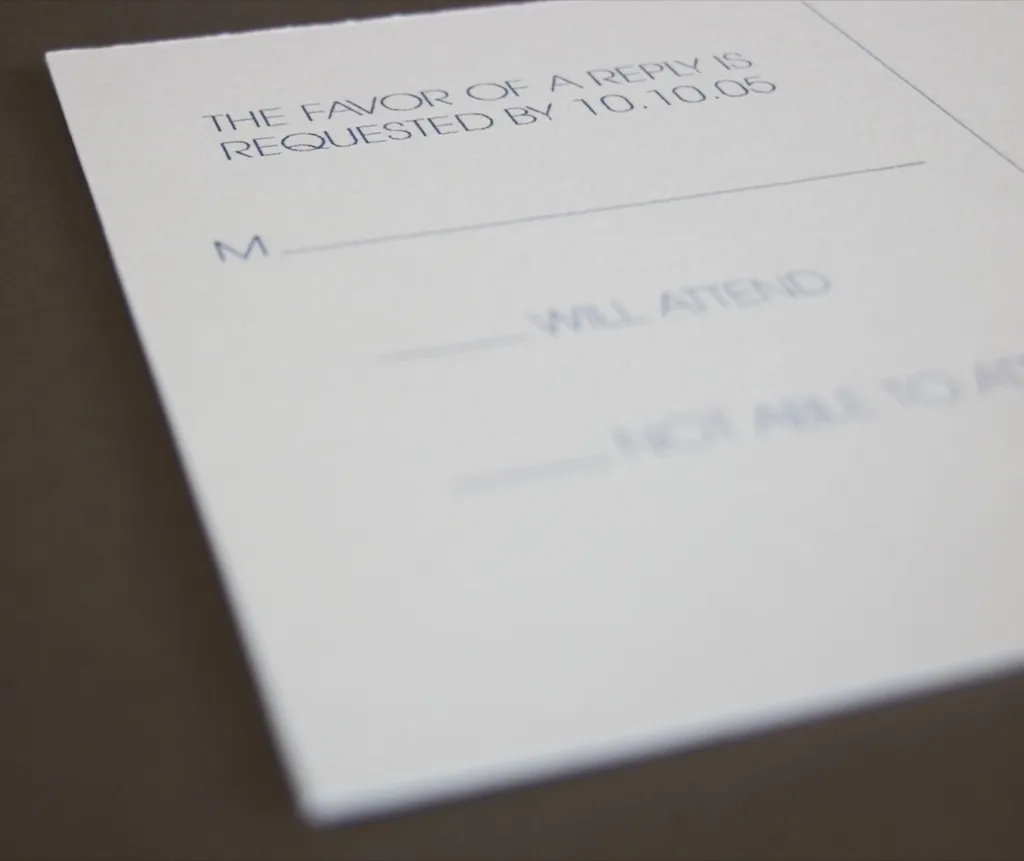
You can thank the French for the acronym RSVP. It’s short for répondez s’il vous plaît, which translates to “please respond” or “please answer.”
5
JPEG

When you save an image on your computer, you might notice it turns into a JPEG format. According to Indiana University, JPEG is an acronym that stands for “Joint Photographic Experts Group,” and it refers to the committee who came up with the image compression method.
The JPEG committee is still around today, and they meet about four times a year “to discuss and create the standards for still image compression and processing,” per their website.
6
PDF

PDFs are one of the most popular digital file formats available. However, many people don’t know that the acronym stands for “Portable Document Format.” Both the format and the acronym were created in the early 1990s by software giant Adobe.
7
GIF

Scrolling through any social media platform, you likely see tons of GIFs, which are moving images used to express various emotions, from shock to excitement to devastation. But what does GIF even mean? This abbreviation—which, according to GIF creator Steve White himself, is pronounced “jif”—is short for “Graphics Interchange Format.”
8
ATM

It would be redundant to refer to an ATM as an “ATM machine,” because the acronym actually stands for “automated teller machine.”
9
a.m.

When you tell someone that you’ll meet them at 11 a.m., what are you actually saying? Well, the acronym a.m. is short for the Latin phrase ante meridiem, which translates to “before midday.”
10
p.m.

Now that you know what a.m. means, you can probably guess that the acronym p.m. is short for post meridiem. You also probably know that this Latin phrase means “after midday.”
11
SUV

Logically enough, the term SUV refers to a “sports utility vehicle.” According to Toyota, these cars are “designed with strong off-road capabilities and the capacity to withstand harder terrains and conditions.”
12
AWOL
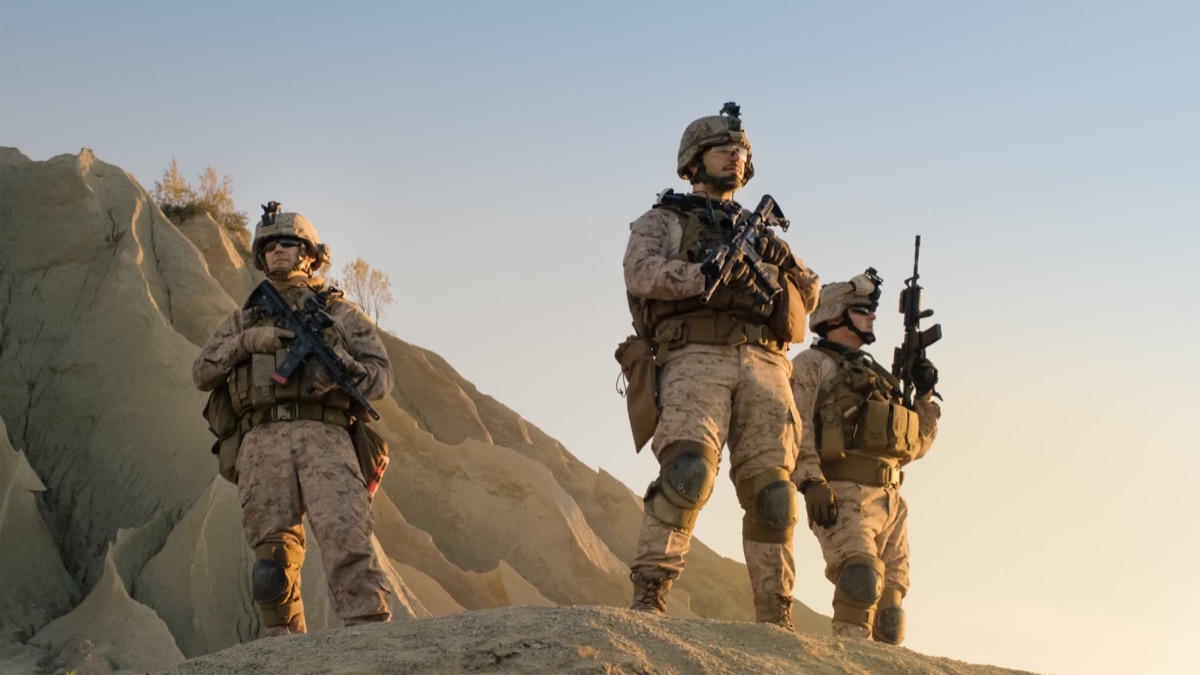
In the army, you might hear a soldier say that one of their comrades has “gone AWOL.” This acronym, short for “absent without leave,” is used to refer to a member of the military who has abandoned their post without permission. It can also be used outside of the military to refer to a person who has mysteriously disappeared without warning.
13
i.e.

Though common in the English language, the acronym i.e. is actually short for the Latin phrase id est, which translates to “in other words.”
14
e.g.

Like i.e., e.g. is another acronym taken from Latin. It’s short for exempli gratia, and it’s used in place of the phrase “for example.” That means that most of the time you’re using i.e., you likely mean e.g.
15
P.S.
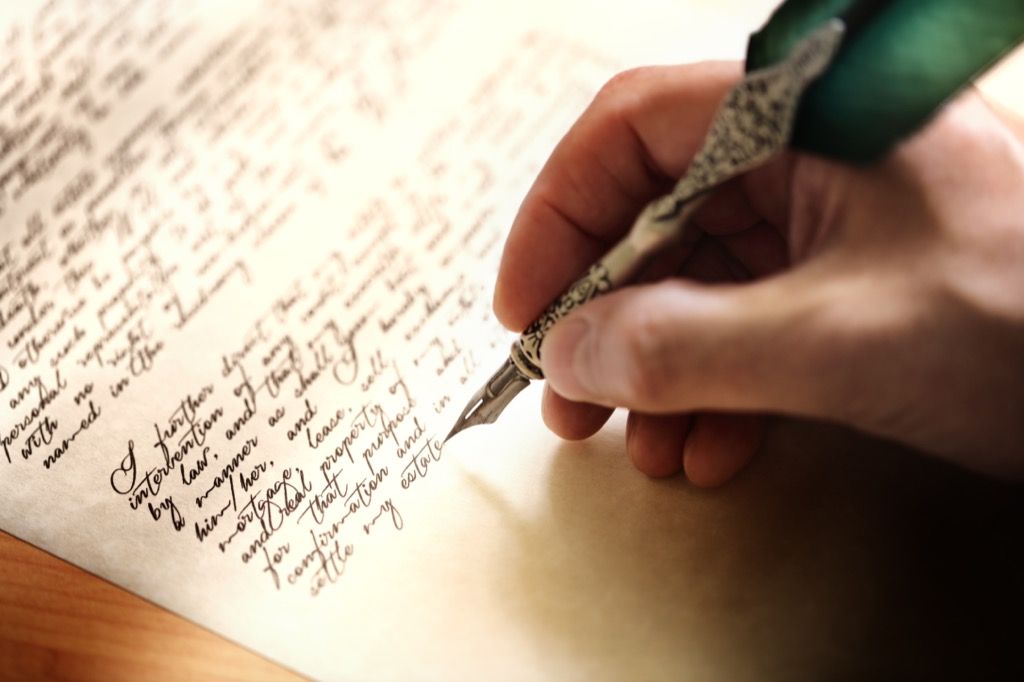
When you’re writing someone a letter and you have something to say after you’ve signed off, you can continue your musings by using the acronym P.S., short for “postscript.” It comes from the Latin word postscriptum, which translates to “written after.”
16
CAPTCHA
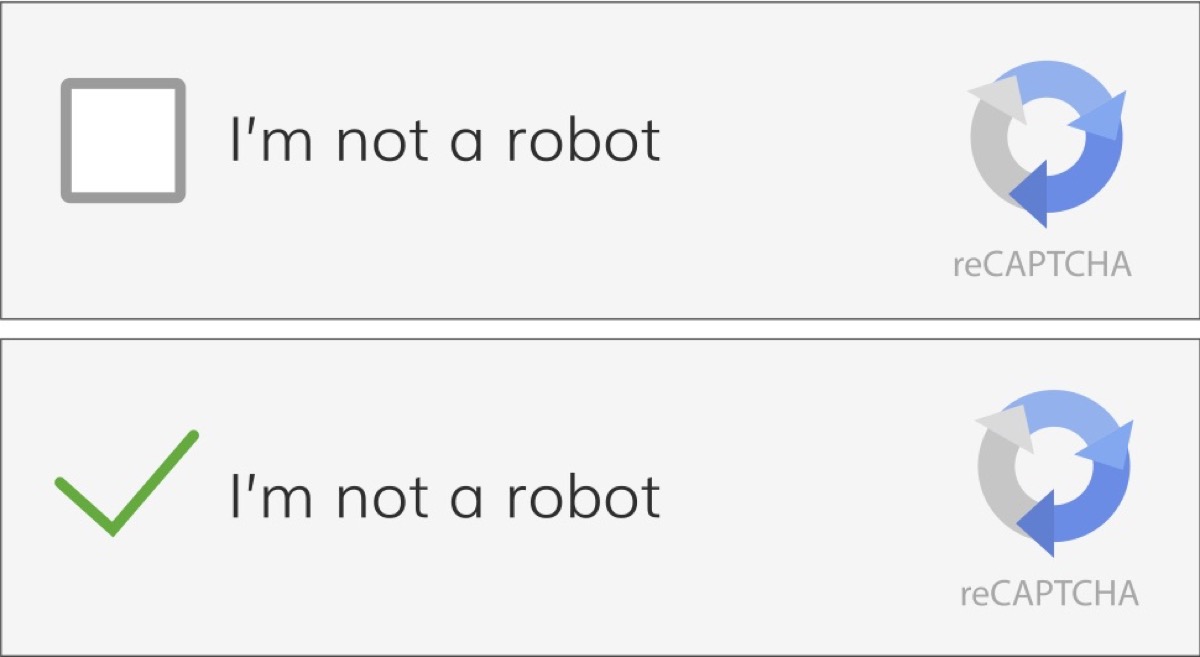
When a website wants to verify that you aren’t a robot, it will give you a CAPTCHA, or a “completely automated public Turing test to tell computers and humans apart.” The term—and concept—were both coined in 2003 by computer scientists from Carnegie Mellon and IBM, and presented to the world in a paper titled “CAPTCHA: Using Hard AI Problems for Security.”
17
DNA

When your biology teacher told you that every human cell contains DNA, they were referring to “deoxyribonucleic acid.” The molecule that is DNA was first discovered and identified in the 1860s by a Swiss chemist named Johann Friedrich Miescher while he was investigating white blood cells.